How to install a Haier washing machine?
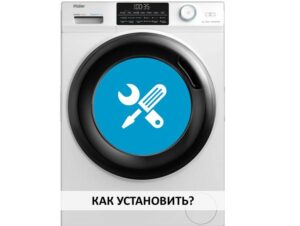 Purchasing and transporting equipment home is just the first step. The second stage involves installing the Haier washing machine, connecting it to communications and starting the technical cycle. It is not necessary to call a specialist for installation; you can deal with the machine yourself. To ensure that the installation of the washing machine goes smoothly and does not cause problems in the future, you must strictly follow certain rules. Let's look at what is stated in the instructions in detail.
Purchasing and transporting equipment home is just the first step. The second stage involves installing the Haier washing machine, connecting it to communications and starting the technical cycle. It is not necessary to call a specialist for installation; you can deal with the machine yourself. To ensure that the installation of the washing machine goes smoothly and does not cause problems in the future, you must strictly follow certain rules. Let's look at what is stated in the instructions in detail.
Where do we start?
Installing a Haier washing machine is a troublesome task, but not difficult. If desired, any user can understand the installation process. The main thing is to act in a certain sequence. So, you must go through six stages:
- study the factory instructions;
- unpack the machine, remove the protective stickers;
- let the machine “settle”;
- choose a place;
- remove the transport bolts;
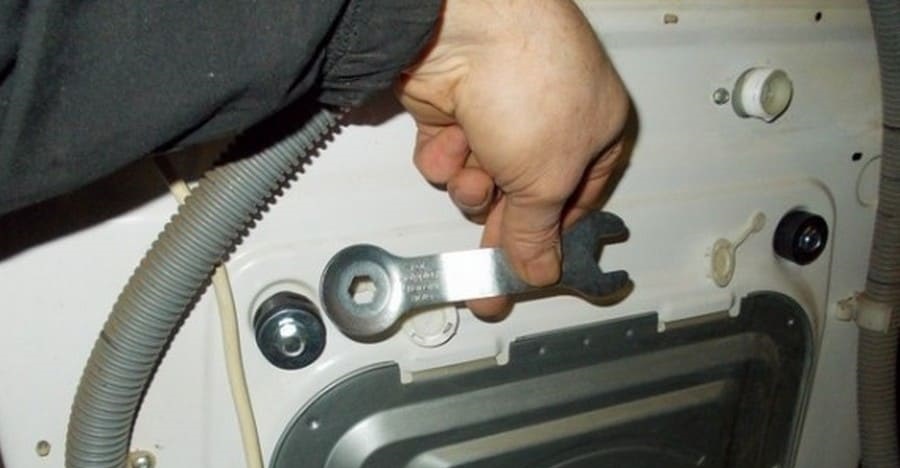
- connect to water supply and sewerage, as well as electricity.
First of all, open the user manual and read the sections dedicated to installing the machine. The instructions describe all the nuances of installation: location requirements, options for connecting to communications, tips and step-by-step algorithms. Illustrations are required to help understand the purpose of hoses and other elements. The second step is to take the machine gun out of the box, removing all the store fittings. The latter refers to protective stickers, brackets, tape and a foam frame. Be sure to clean the drum of excess – components for Haier are often placed in it.
Before starting the Haier washing machine, you need to remove the transport bolts!
Now you need to stop and let the washer “settle” for 2-3 hours at room temperature. Especially if transportation was carried out during the cold season. During this time, the machine will “get used” to the new environment, the rubber elements will restore their elasticity and resilience. The next stage is choosing a location. Ideally, you need to decide on the placement of the machine before purchasing it in order to choose the correct dimensions and color of the case. Especially if you purchase a model built into the headset. It is also worth considering the following nuances: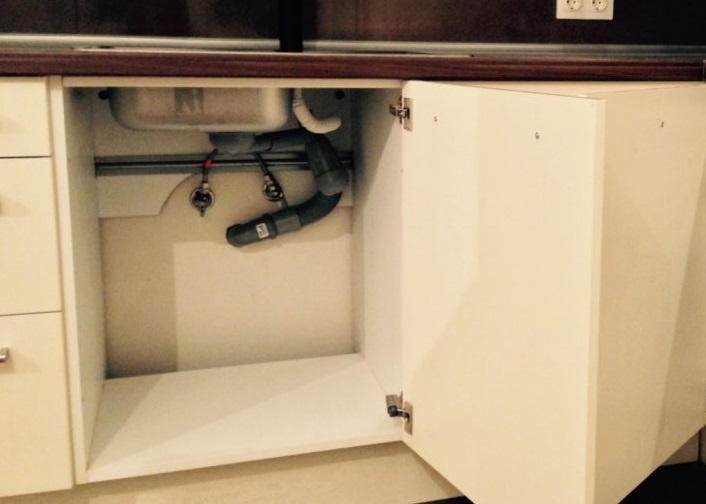
- utility lines must be close (you cannot pull the power cord too tightly, use an extension cord or “extend” the drain hose - this is unsafe);
- the surface under the machine must be strong and level (the ideal option is tile or concrete, and laminate or wood must be additionally strengthened and protected from possible leakage).
It is important to remove the transport bolts from the machine. They screw into the back for safe transportation of equipment, helping to secure the tank in a stationary position. But it is prohibited to start the machine in this state - attempts by the engine to spin a stationary drum will lead to overheating of the first and damage to the second. What’s worse is that such a breakdown is not repaired under warranty, only at the expense of the careless user. You can remove the bolts yourself: just grab the “caps” with pliers and unscrew the fasteners from their seats. The freed holes are closed with specially provided plugs. The latter are included with Haier.
Reliable electrical connection
The connection to the electrical network is thought out in advance. It is advisable to immediately install the new Haier next to a suitable outlet.The optimal distance to it is no more than 1.5 meters, which corresponds to the standard length of the power cord. This must be a separate point with appropriate voltage and protection from moisture. It is strictly prohibited to use an extension cord to connect to the network - “intermediaries” are unsafe for the washing machine.
Haier washing machines have a 1.5 m long power cord.
It is important to organize grounding in the outlet. Such precautions will protect residents from electric shocks and the premises from fire. Otherwise, during operation, the washing machine will “shock” with electricity, causing inconvenience to the user, and in the event of an accident, creating a fire hazard.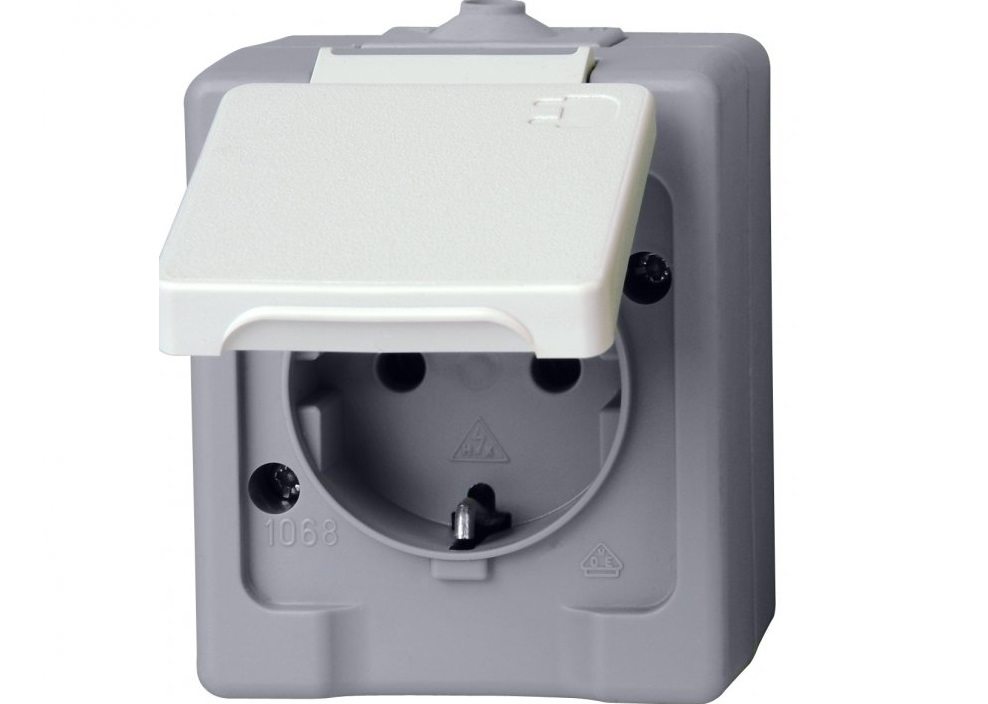
Organization of water supply for the washing machine
The next step is connecting to the water supply. As a rule, the inlet hose of the machine clings to a pipe with cold water. Some Haier models also provide a hot connection, but such a choice would be irrational. Washing machines have heating elements for heating, and constant contact with boiling water will harm the equipment. Connecting to a hot water supply threatens:
- clogged filters (hot water is dirtier, more plaque will settle on the filter nozzles and internal elements of the washing machine);
- poor washing (hot water is harder than cold water, so the fabric will wash and rinse worse).

You can find out whether connection to hot water is allowed from the instructions. If the manufacturer does not allow it, then it is dangerous to look for an alternative - it is better to establish a cold water supply. Otherwise, the washing machine will last much less.
The water supply tap opens only during washing, and remains closed for safety the rest of the time.
It’s not difficult to connect the washing machine to the water supply yourself, especially if there was another machine in the house before.It is enough to attach the inlet hose to an existing outlet point. Then we open the shut-off valve and check for leaks at the junction. If there is no ready-made exit point, you will have to do it yourself or call a specialist. It is necessary to organize a tap into the pipe by installing a special tee. We definitely check the pressure in the water supply - the indicators must correspond to the standards prescribed in the manual.
Correctly connecting the “reset”
The drainage is adjusted separately. The easiest way is to lower one free end of the drainage hose into the bathtub or toilet. But you should understand that this option is unaesthetic and unhygienic. Remains of dirty water, hair and other debris will settle on the plumbing. Another drawback lies in the inconvenience: the sleeve will have to be constantly pulled out and installed.
It is much safer and more convenient to connect the washing machine directly to the sewer: through a pipe or siphon. The joint is securely fixed with a clamp to prevent leaks. Be sure to check the height of the hose and its bend - all the required standards are specified in the instructions.
Usually you need to lift the hose 50-60 cm from the floor level and use a special “hook” to organize the bend of the hose. This will create a water plug, which will prevent odor and dirt from the sewer from entering the Hyer tank. Having established drainage, water supply and power supply, you can reach the finish line. We adjust the body of the machine according to the construction level, if necessary, tighten the legs. Then we plug in the Hayer and run a test wash.
Interesting:
Reader comments
- Share your opinion - leave a comment
Categories
Washing machine repair


For buyers

For users

Dishwasher

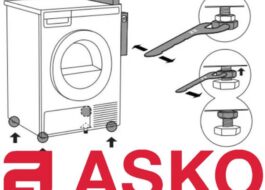
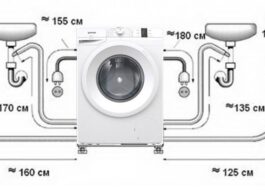
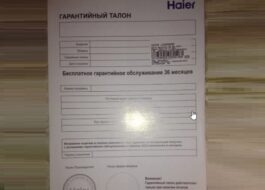

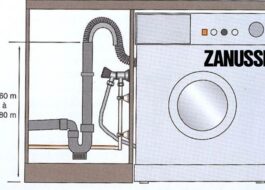
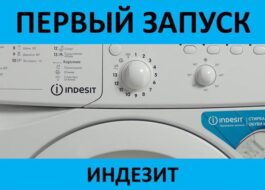










Add a comment